As the number of RVers on the road increases, including remote-working RVers, the need for reliable mobile-friendly internet increases, too. So, is Starlink for RVs up to the task?
Starlink Roam, the mobile service available from Starlink, is available to RVers, van travelers, and other land-based nomads. This service aims to provide high-speed satellite internet in the most remote reaches of the US.
In this article, we’re taking a look at:
- Specs of Starlink for RVs
- Pricing
- Pros and Cons
- What You Need to Know
- And more.
Read on to learn more about Starlink for RVs so you can decide if this internet option is a good choice for you.
Disclaimer: Internet service provider and plan details, coverage, and pricing changes all the time. We do our best to keep our articles up-to-date with accurate information, but with the rapid changes in the internet world, you may find different data. For up-to-date pricing and package information, visit starlink.com/roam.
We also recommend following our friends at the Mobile Internet Resource Center on their website or on their YouTube for up-to-date information and changes within the mobile internet industry.
What Is Starlink Internet?

If you don’t already know, Starlink is a satellite internet provider by SpaceX. It’s a literal constellation of satellites in a low Earth orbit that provides internet access to areas of the world that are traditionally underserved when it comes to internet needs.
Starlink serves remote and rural areas, and it also has mobile applications making it great for land-based nomads to get faster internet speeds, more data, and better service in some of the most remote places.
Starlink Roam – Starlink for RVs
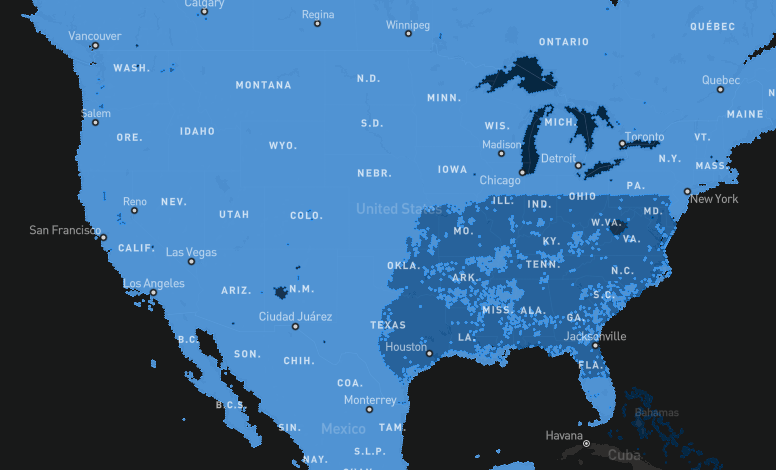
Starlink Roam, or Mobile, formerly called Starlink RV, is a portable satellite internet service for RVers and land-based travelers.
The standard Starlink Roam plan is designed for portable use in any destination where Starlink has active coverage.
For residential Starlink service, there is still a waitlist in many areas as coverage is still expanding. However, for Starlink Roam, you don’t have to wait to order it, even if you don’t live in a coverage area.
Since Starlink Roam is a portable service that you can use on the road, you can order it and have it shipped to you just about anywhere.
You can check this map on the Starlink website to view residential availability.
Types of Starlink Mobile Service
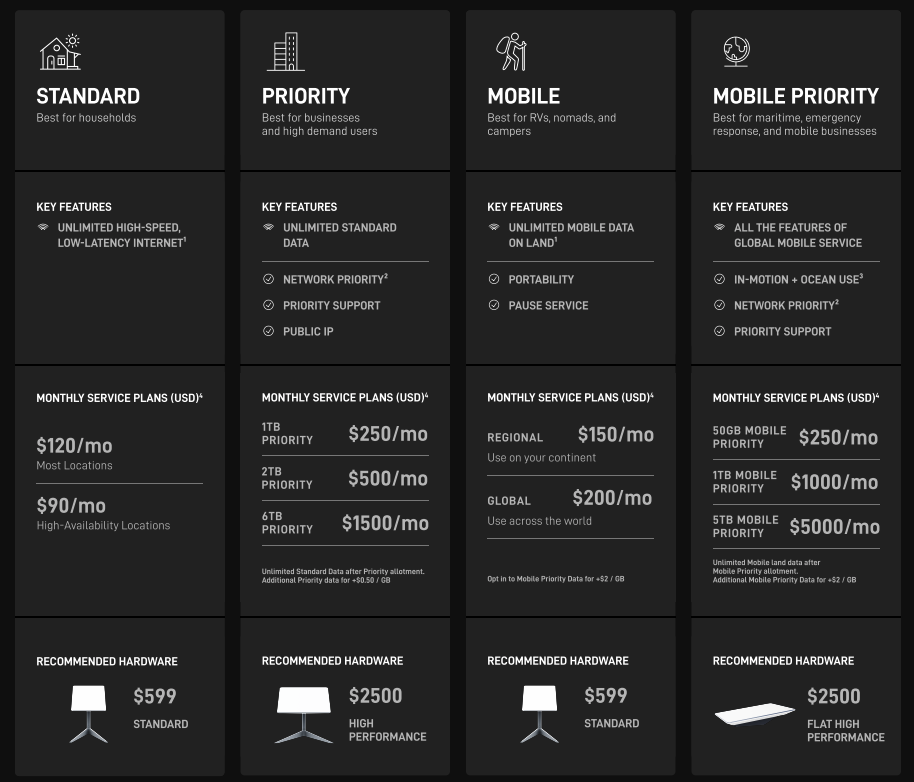
Starlink has 2 mobile plans available known as ‘Mobile’ and ‘Mobile Priority’.
Starlink Mobile is a land-based service described as best for RVers, campers, and nomads, and it comes with the lowest priority of service, meaning that you may be deprioritized in congested areas. Mobile users receive the lowest level of priority, falling underneath all other categories: Priority, Mobile Priority, and Standard.
Mobile has both Regional and Global plans available. Regional is for within your same continent, and Global is if you travel outside your home continent.
Starlink Regional plans allow US users to use their Starlink anywhere in the US, Mexico, and some Central American countries.
Starlink Mobile Priority is a prioritized service that is described as best for maritime, emergency response, and mobile businesses. This plan has priority service at different data tiers and can be used while in motion, and on the ocean as well. Mobile Priority is prioritized above Standard users, falling just under Priority in terms of prioritization.
View this PDF for a high-level overview of the different plans and pricing information.
How Much Does Starlink RV Internet Cost?

As of July 2023, Starlink Roam pricing is as follows:
Mobile:
- $599 one-time hardware fee
- $150 Regional plan OR
- $250 Global plan
Note: You can pause and unpause the Mobile Regional and Global plans at any time. You will be charged for a full month of service when you unpause. This feature is great for snowbirds or part-time RVers.
Mobile Priority:
- $2,500 one-time hardware fee
- $250/mo 50GB priority service
- $500/mo 1TB priority service
- $5,000/mo 5TB priority service
Pros and Cons of Starlink for RVers
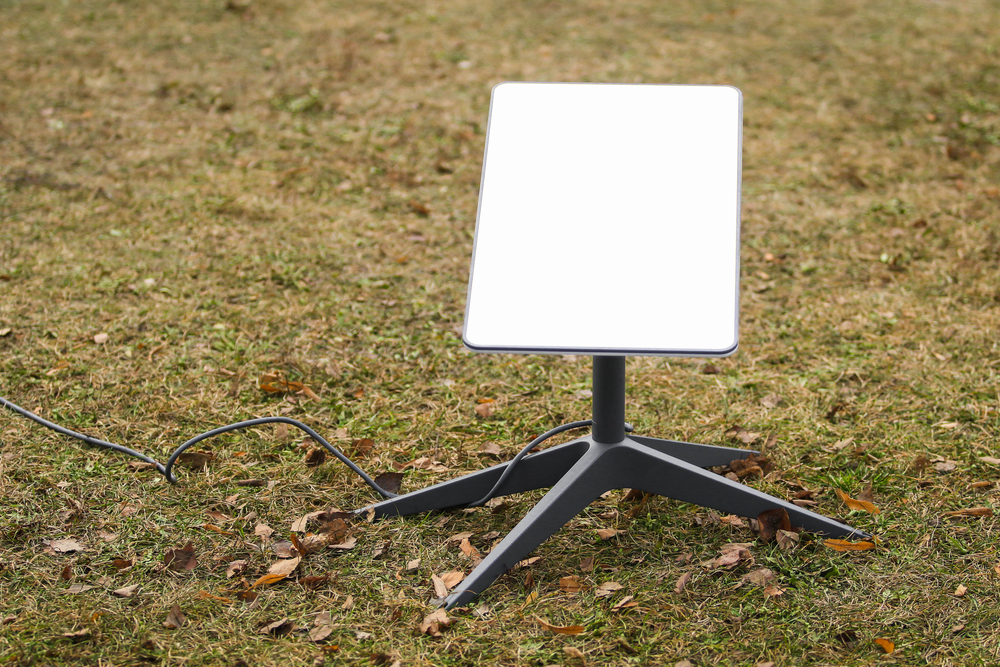
Pros:
- Provides internet service in very remote areas
- Starlink Mobile plans are competitively priced per month
- Can pause and unpause Mobile Regional and Mobile Global as needed
- They are constantly launching rockets with new satellites for increased global coverage
Cons:
- Starlink Mobile receives the lowest priority which may lead to abysmal internet speeds in certain areas or at certain times of day.
- Starlink Mobile Priority can get very expensive depending on your data needs
- They’re constantly changing plans, pricing, and service tiers
Is Starlink Roam Good for Working From Your RV?
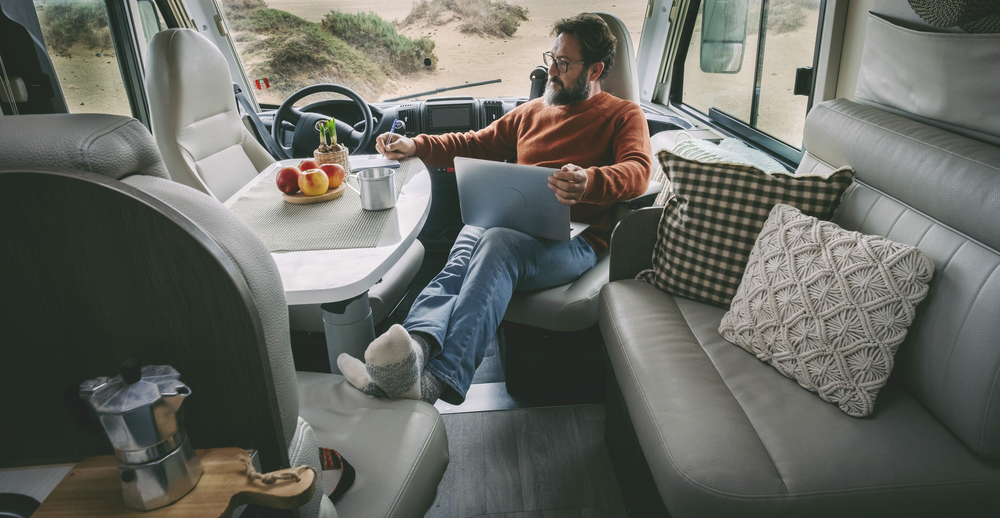
If you work from your RV, having quality internet is essential. Otherwise, you could miss important meetings or deadlines or just not be able to get your work done. So is Starlink up to the task?
As in almost all cases when it comes to mobile internet options: it depends. This depends on your location, obstructions, what internet speed you need or how much data you need, and the service plan you’re on.
If you rely on the internet to work from your RV, there won’t be a one-size-fits-all type of internet that’s perfect for you. In most cases, you will need redundancies – aka multiple internet options so you have a couple of fall-backs if others fail. And then a backup plan for that, like a coffee shop or local library.
What You Need to Know About Using Starlink
Now that we’ve covered what Starlink for RVs is and the different plans available, let’s dive a bit deeper into what you need to know about using Starlink.
How Fast Is It?
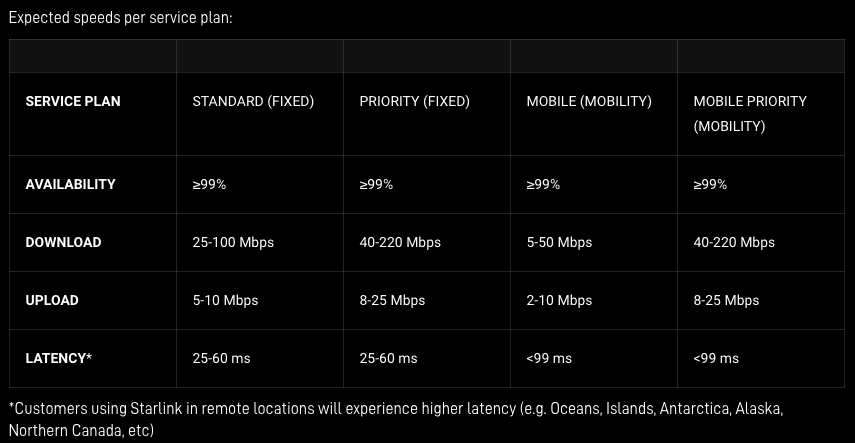
Note that the photo above says “Expected speeds per service plan:”, and not “Guaranteed speeds”.
The expected speeds for the mobile plans are as follows:
Mobile:
- Download: 5-50 Mbps
- Upload: 2-10 Mbps
- Latency: <99 ms unless in remote locations
Mobile Priority:
- Download: 40-220 Mbps
- Upload: 8-25 Mbps
- Latency: <99 ms unless in remote locations.
As various users in Starlink Facebook groups have noted, speeds may range from much higher than the upper limits noted here for regular mobile, and at times, very low.
It depends on where you are and how congested the network is, as is the case with many forms of RV internet.
Here’s another notice from their specifications page which you can also access at this link.

Can You Use Starlink While You’re in Motion?
According to the website, Starlink Mobile plans can be used in motion up to 10mph, and Starlink Mobile Priority can be used in motion at any speed.
The only dish that Starlink has approved for use in motion is the $2,500 High Performance dish, but some users have had success using the regular $599 dish in motion as well.
Only time will tell if this continues to be the case, as Starlink is constantly updating their terms and adding new functionality to their system.
How Do You Set it Up?
Starlink RV internet is surprisingly simple to set up every time you arrive at a new campsite, which is part of the reason it’s such a great option for RVers.
The Starlink Kit comes with the dish, base, cables, and router.
The router plugs in to AC power inside your RV and the cable runs from the router to the dish, outside your RV.
If you’re worried about drilling a hole to run a cable outside, you don’t have to.
Many RVers will run the cable through an RV window with a soft gasket (so they can still close it securely), or run it under a slide out opening, and these options seem to work well.
When you arrive at a new location, find an area with an unobstructed view of the sky and place your dish. The dish automatically searches for satellites, so don’t ever try to adjust the dish manually.
Then, connect the dish cable to your router and connect your router to power, then use your phone to connect to the Starlink App.
Your dish will calibrate and search for connection points in the sky and once it finds a connection, it will point itself at the satellite and you’ll be done.
You can read the setup instructions on their website here, and watch the video above for a walkthrough.
Starlink Needs A Decent Amount of Power
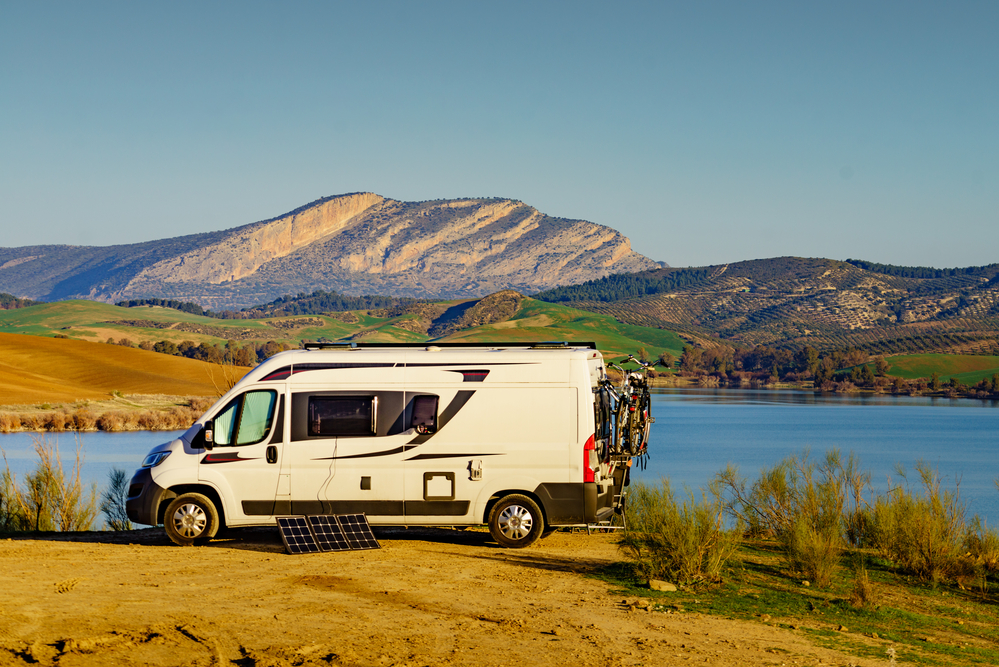
If you’re always plugged into shore power, then powering up your Starlink shouldn’t be a problem.
However, if you like to head off the beaten path and boondock or dry camp, you’ll need to consider how you will power your Starlink internet setup.
The Starlink router needs to plug into 120v AC power and when running constantly, it will use quite a bit of power.
How Much Power Does Starlink for RVs Use?
On average, the standard rectangular Starlink dish setup consumes between 1.2 to 1.8 kilowatt hours of power in a 24-hour period. On the low end, this will consume almost all the power in a 100ah lithium battery or a 200ah lead acid battery in a 24-hour period.
So unless you have a robust battery bank or a way to recharge your batteries quickly, you’ll eat up a lot of power using the Starlink. Of course, you don’t have to leave it on 24/7, so that will save some power.
Location Affects Performance
Your location will affect your Starlink performance for a couple of reasons: obstructions and prioritization.
Obstructions
Starlink does not perform well when there are obstructions of any kind in the field-of-view of your dish. So if you’re camping in an area with lots of trees, you may get very poor performance from your setup.
The Starlink dish comes with a 75-foot cable, which gives you flexibility with dish placement. Some RVers utilize an extremely tall pole that mounts on the RV ladder and raises the dish above the trees. Others choose to simply walk their dish out to a clearing for an unobstructed view of the sky.
Prioritization
As we’ve gone over a few times in this article, certain Starlink plans are prioritized higher than others. The lowest tier of mobile service, Starlink Mobile, is the lowest level of priority in an area that has high usage or congestion.
When you are in an area of congestion, your internet speeds will be deprioritized, or throttled, to very low speeds. This can make some internet tasks difficult or impossible, but typically only at peak times of day.
How to Get Reliable Internet in an RV
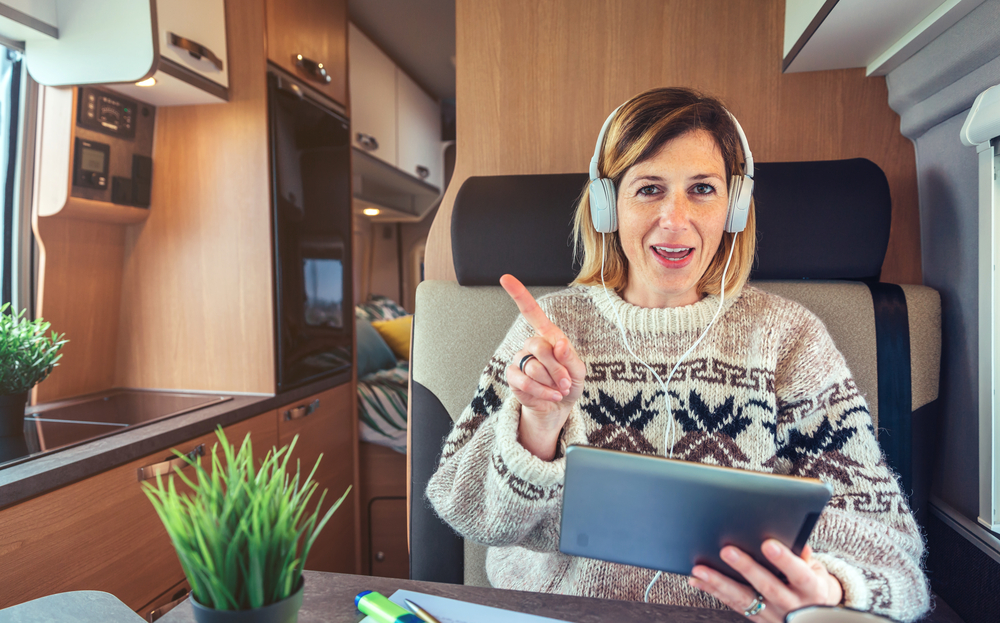
As an RVer, you have to be flexible and adaptable. And as an RVer you know that you can’t always have the same creature comforts as a sticks and bricks house, at least not without some work. And constantly reliable internet is no exception!
If you want or need consistently reliable internet in your RV, you’ll need more than one option to cover all your bases.
This can include satellite, dedicated mobile hotspots, and/or hot-spotting off of your cell phone.
RV park and campground public wifi is rarely reliable, although it’s always nice to find a campground with great wifi. However, don’t count on it as your main source.
Is Starlink for RVs Worth It?
So is Starlink for RVs worth it? For many RVer, the answer is a resounding yes.
Adding an option like Starlink to your internet arsenal allows you to access the internet in the most remote areas on the continent, and you can often get good signal where cell phones get none. This, paired with how easy Starlink is to set up and the competitive monthly pricing makes Starlink a good choice for RVers who need internet on the road.
A few things to keep in mind are location, power consumption, and obstructions. If you can accommodate for these things, Starlink might be a great choice for you.
You can learn more and sign up at Starlink.com/Roam.

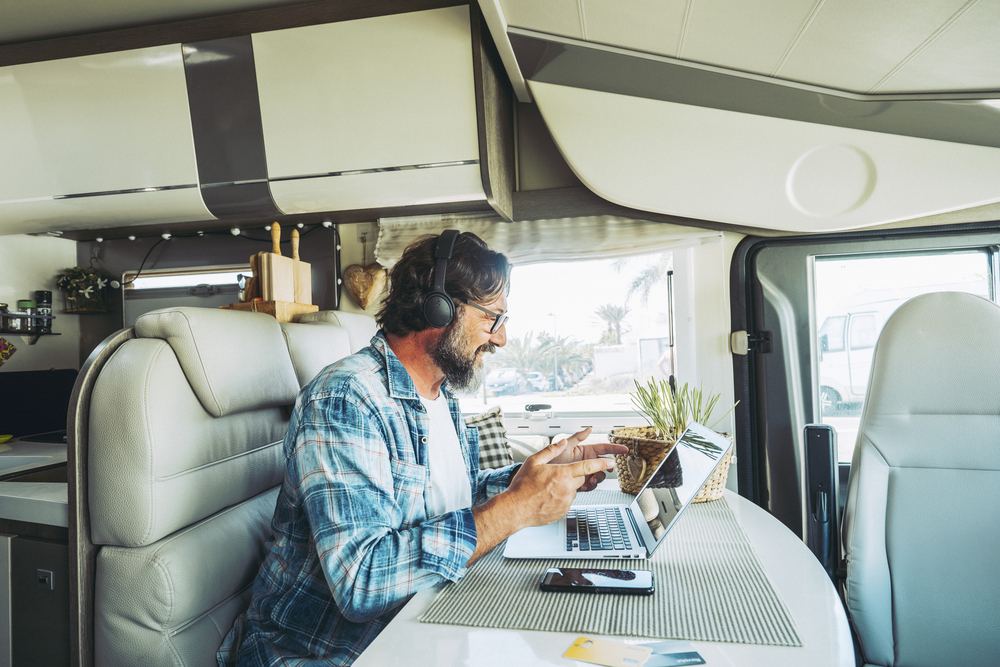




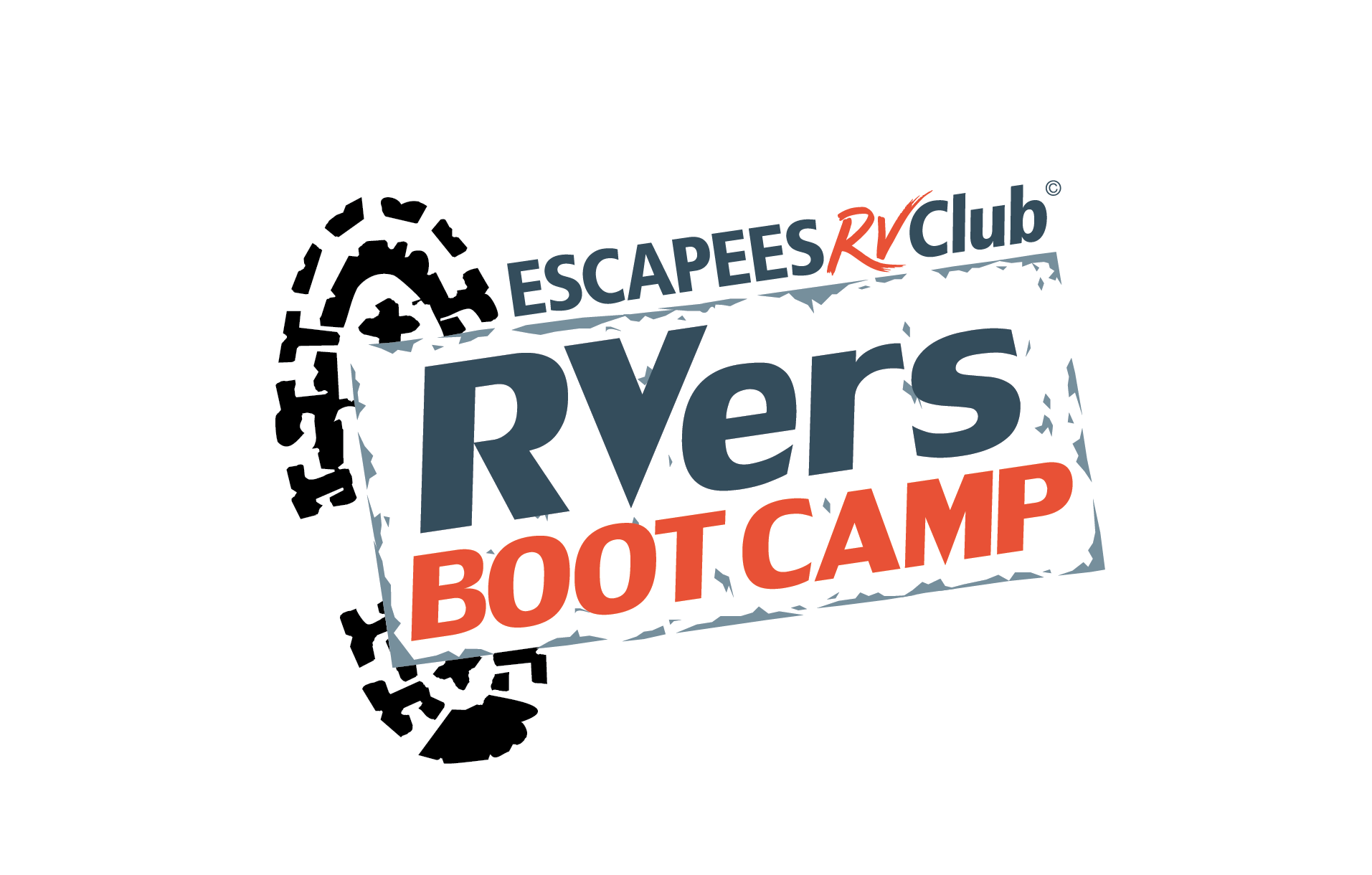



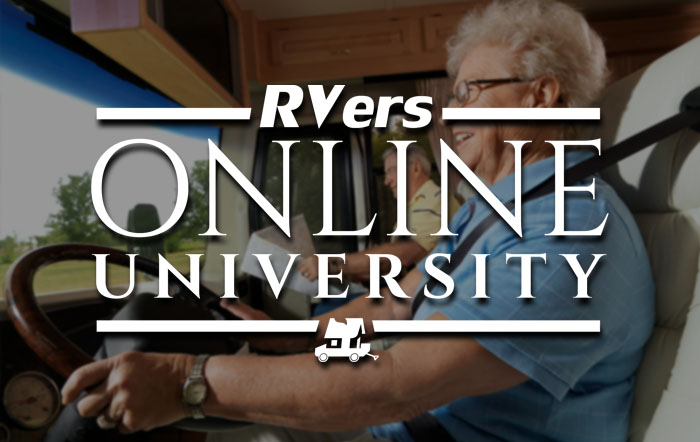

24 Responses
If the regional plan covers your continent why would you need the global plan to go to Canada or Mexico?
Thanks for pointing out this typo, Michael! Regional users in the US can use their Starlink plan anywhere in the US, Canada, Mexico, and some Central American countries. The article has been updated to reflect this information.
quote]How much power does Starlink use for RVs?
….Of course you don’t have to leave it on 24/7, ….[quote]
My Starlink (standard rectangular Starlink dish) uses an average of 35 watts/hour.
The average time to turn on my Starlink is about 3 minutes!
Therefore, I always turn Starlink off as soon as I don’t need it anymore.
I use an Ecoflow Delta power station because I need a 120v plug.
The power station is charged 24/7 from my trailer’s batteries, and the trailer’s batteries are constantly charged from the solar array (510 watts on the roof).
When the sun is shining, it’s no problem at all to run the whole system from solar and power station. System: laptop, Starlink, external 27″ screen, external mouse and keyboard, is connected to the power station to 120 V.
For winter I have an additional portable solar system with 2×200 watts.
Maximum I can connect 400 watts to the power station 😉
In addition, I can plug 200 watts directly into the batteries of the trailer.
I.e. I need my 3,600 watt LPG generator on board only for A/C and microwave or if there is bad weather only for a few days, I can charge my trailer batteries and the power station
When I moved to another place I just plug Starlink in and everything else works automatically. No change of the position in the Starlink app or search for obstructions is necessary. Of course you need a free sight to the north sky.
Starlink is for me a game changer. I can travel where ever I want and I got always internet connection via Starlink.
Of course, if I don’t need Starlink for WiFi I am using unlimited cellular data via phone or iPad because the don’t need 120V.
I still got the old version of Starlink for RVers and pay $145 per month.
The biggest disadvantage of Starlink is of course the price.
However, when I see some campers on Youtube using 2 or 3 or more phone providers to have a constant connection AND WiFi, Starlink is just about a bargain.
We just bought our Rv and haven’t a clue what to run our starlink and garmin gps on. Want to add solar to help with consumption of these devices. Can you let me know solar systems I should look at? It’s a 2017 Coachmen Freelander 32 fs
Thanks for any info and advice.
Hi- Ive just read your post and found it helpful….we are considering a Starlink purchase in the very near future. The info on the EcoFlow is interesting. We are also researching that unit.
Regarding your comment: ”The power station is charged 24/7 from my trailer’s batteries”. Would you mind sharing how the power station is connected to the trailers batteries that enable it to charge?
Thanks for the info. Trying to save article for future knowledge reference. The chart listing each star link description, helps a whole lot
I’m not sure when you researched for this article, but per StarLink’s app, website and terms of service, Roam can now be switched to residential and back again. Changing to residential is of course dependent on whether that service is available at any given location.
Thanks for catching that, Rick, you’re right. The article has been updated. Per Starlink’s FAQ: “You can change from a Mobile plan to a Fixed (Standard, Priority) plan as long as capacity is available. If capacity is not available, you will not see the option available.”
About ways to limit power consumption: One can use the app to turn off automatic heating function which otherwise will activate to help with rain evaporation not just ice and snow. Also I wish you could plug it in, do your business, and turn it off. However the power on sequence in a new location takes several hours to finish mapping obstructions if there are any, so try to avoid all obstructions. Having a small patch of sky available straight up through the trees definitely won’t cut it but will take several hours of electricity while mapping the sky.
Given adequate power generation and a very clear view of the sky, this technology has been transformative and is getting better this year as more satellite clusters are being deployed. Power saving tips: can use the app to turn off the auto heating function. Any obstructions will extend power on sequence by hours.
Not a big fan overall of Starlink RV. Had it a bit over 1 year and DL speeds have dropped considerably the last year. Don’t notice as much on the upload but not what I was expecting. Wasnt aware that we have to be stationary to use it.. It’s definitely good when mobile cellular isn’t available and your stationary for a bit and need to access the internet and able to connect. Many camping sites have too many obstructions that prevent connecting. Not what we were expecting considering the cost.
Does residential Star link work on a boat anchored with little movement
We aren’t as well-versed in boating, but we know who is!
This article from Mobile Internet Resource Center should help answer your question https://www.rvmobileinternet.com/guides/starlink-rv-boat/
You mention a soft gasket for the window so you can run the line in without drilling a hole on the rv. Can you give me more information on what type of gasket this is and where to buy? Thank you. MBK
If I stay out of my country for more than 2 month in the same Continent, Will the internet be stopped and I will have to switch from regional to the global service?
That is likely best answered by contacting Starlink directly.
I’m picking up my Starlink system at Best Buy tomorrow and I’m going to install it on my Skoolie. Hopefully it works!
We (the husband and I) are new skoolies and looking into Starlink as we are both remote workers. How is it working out for you?
Are you hooked into a long term contract? Or can you use it on just a month to month base’s?
Hi David, the best place to find that information is to look at the Starlink website for all the details in each of their plans. https://www.starlink.com/service-plans
I have a 5th wheel that has a cable connection in the front bay and also inside. Can I connect the cable from the dish, through the cable connections and connect the router inside my rv?
Hi Paige! Thanks for reaching out. This is a very specific question that really can be answered by experts at Starlink (if it’s a wiring question). However, if you do plan to connect your Starlink through the SPACE where the cable connection is, it might be a nice option so you don’t have to find another place to run your Starlink cable to a different, convenient place which could include drilling holes you may not want.
Good luck trying to get any information from anybody at Starlink. There is no phone number. No way to contact them anymore. That’s why I’m on your website trying to get questions answered by reading what people have asked previously.
Hello Mona. We’re sorry you have had difficulty contacting Starlink. That’s disappointing.